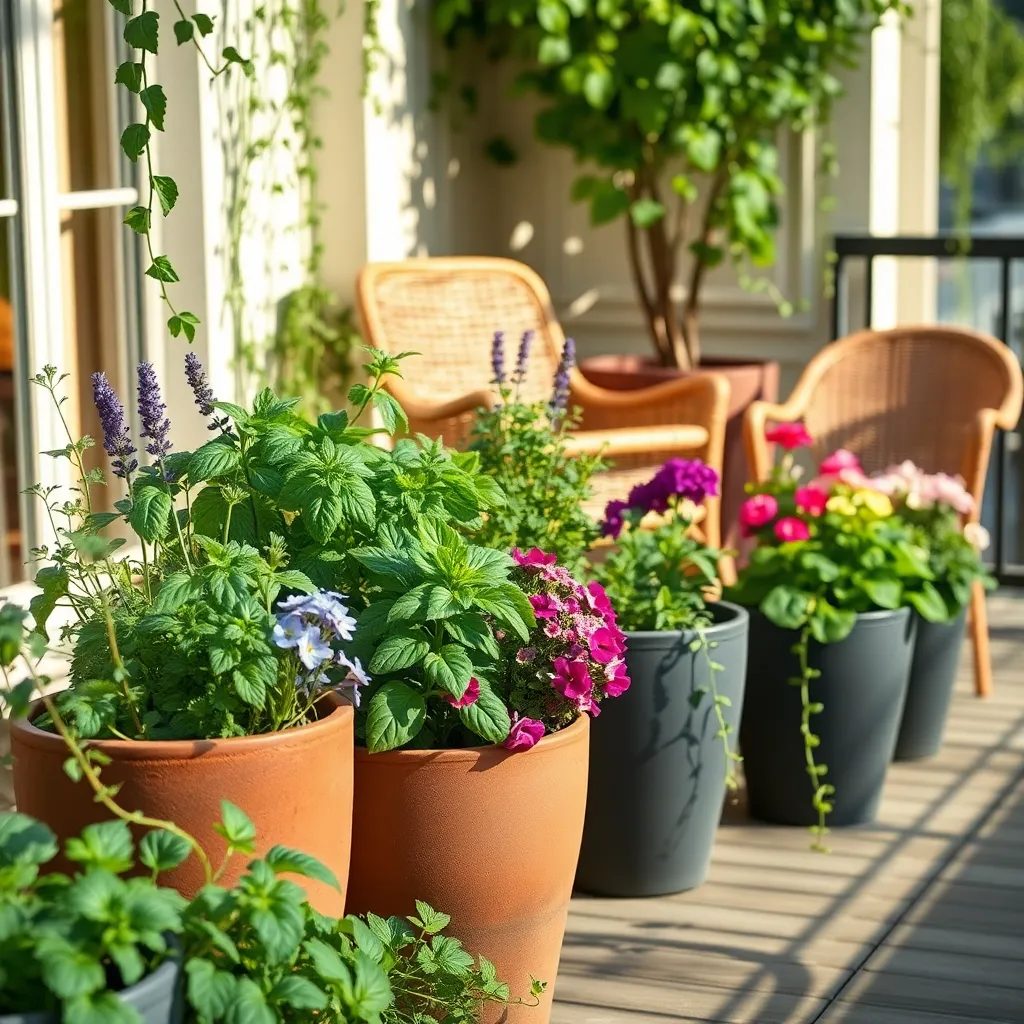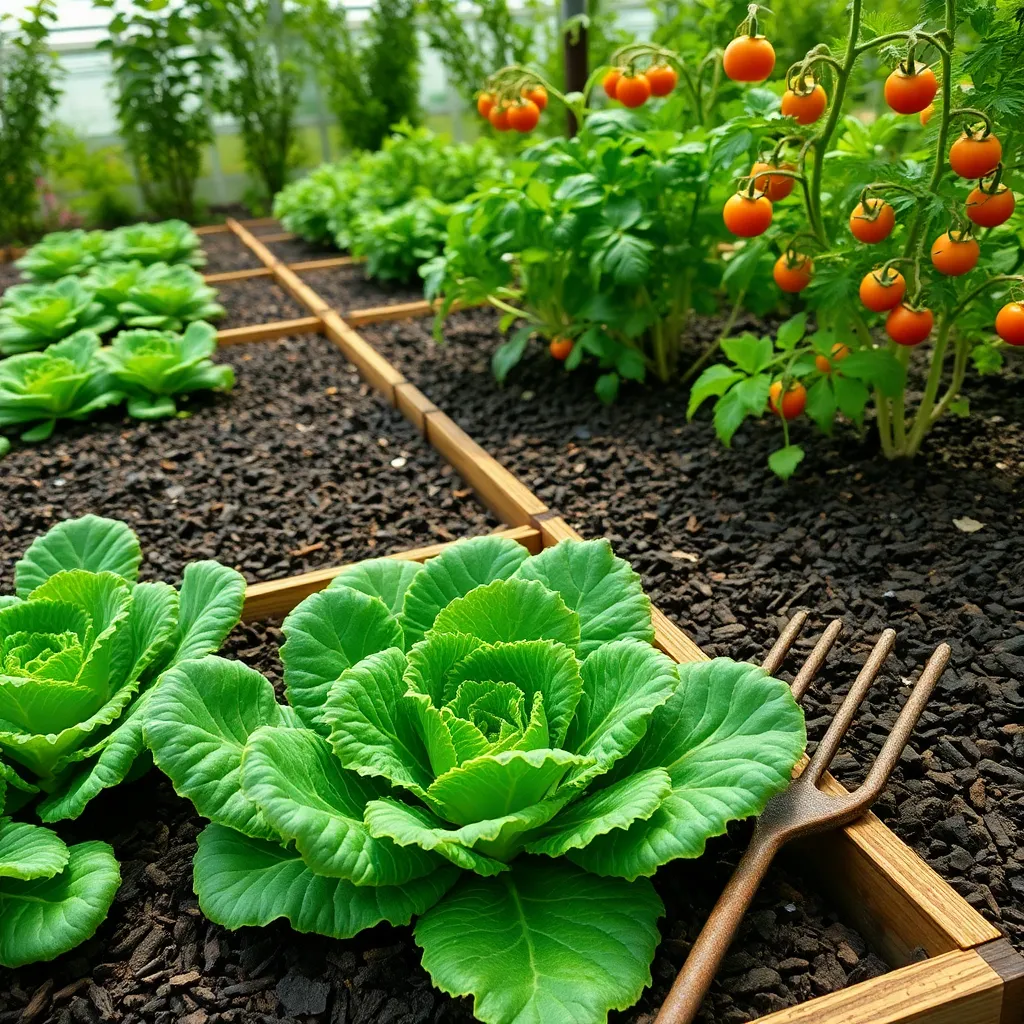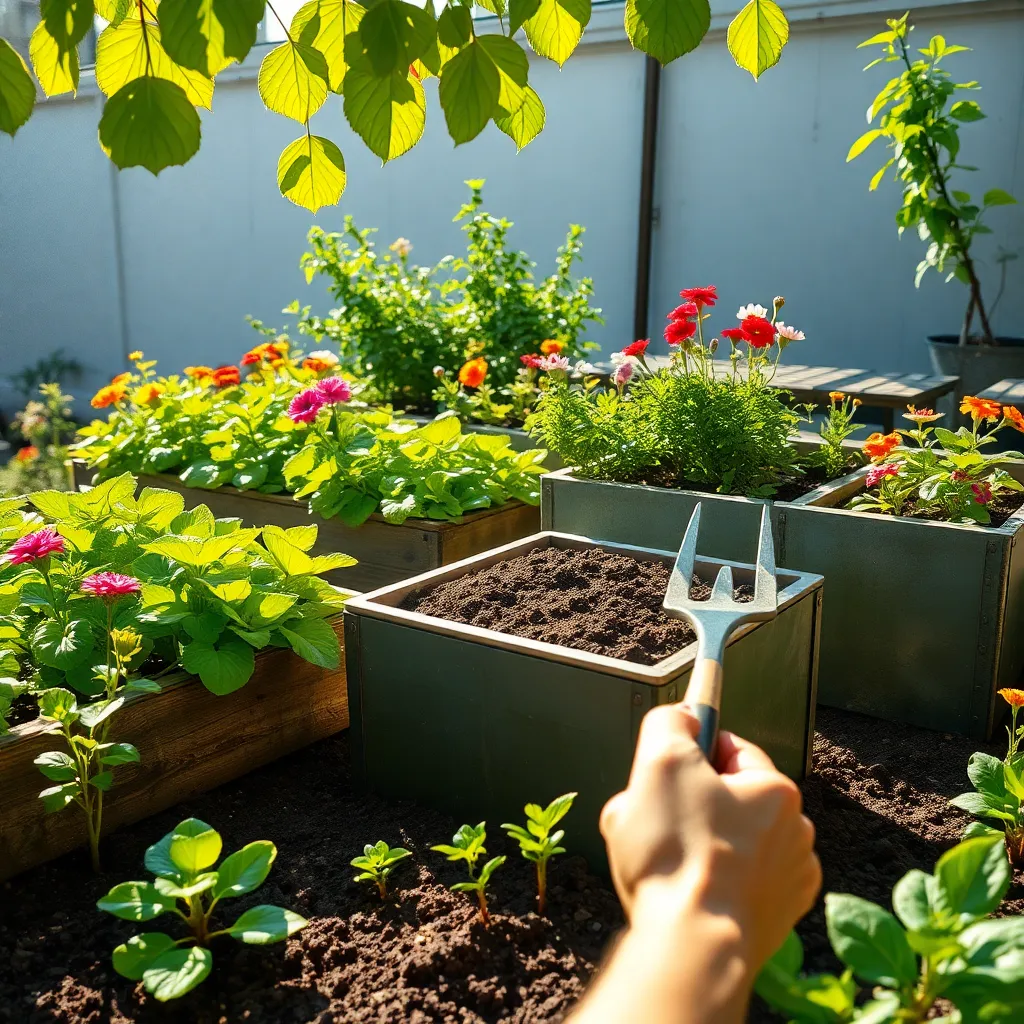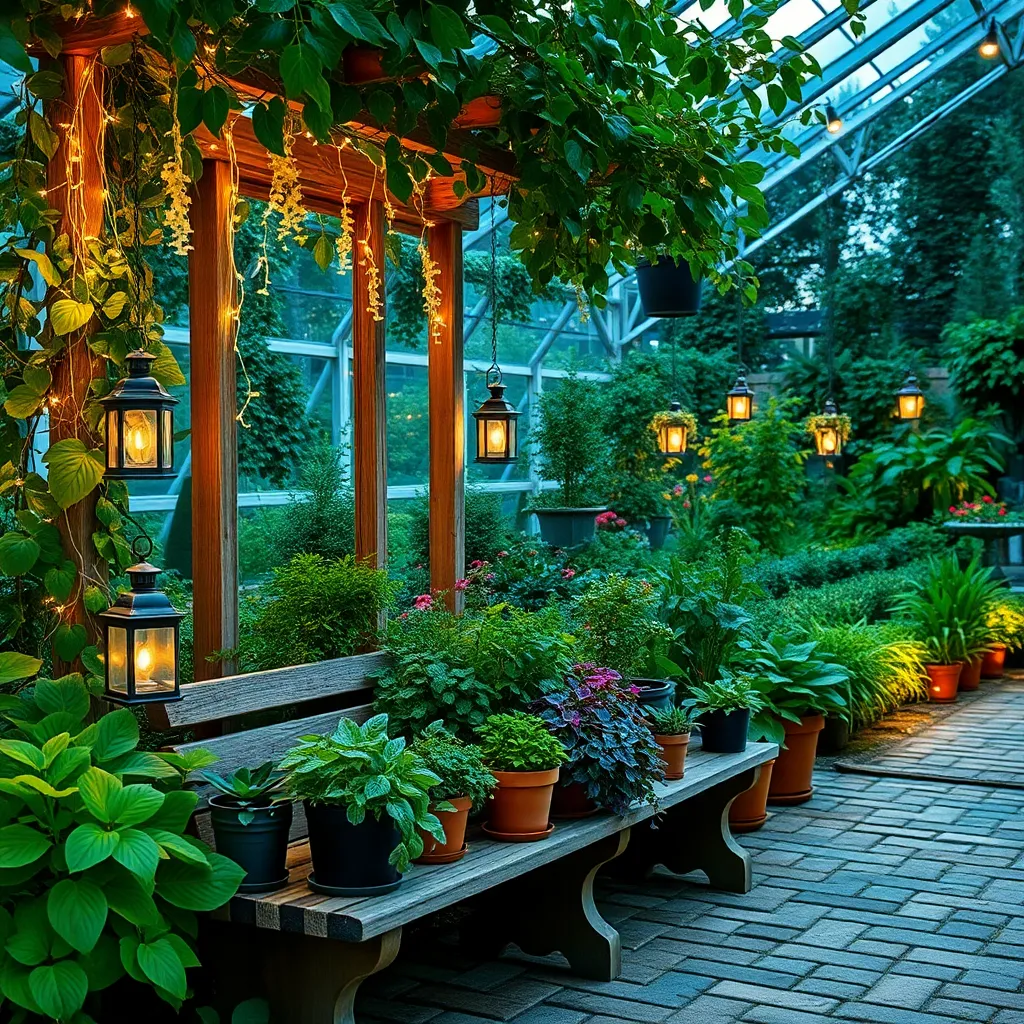Welcome to “Top Gardening Tips for Busy People,” where the joy of gardening meets the demands of a hectic lifestyle. Whether you’re taking your first steps into the world of plants or you’ve got years of experience under your belt, this guide is designed to help you cultivate a vibrant garden without consuming all your precious time.
In these pages, you’ll discover a treasure trove of design ideas and techniques that breathe life into your garden with minimal effort. From quick wins to clever shortcuts, these tips promise to transform your gardening routine into a seamless and rewarding experience.
Imagine the satisfaction of watching your garden thrive with less time spent on upkeep, leaving you free to enjoy the beauty and tranquility it brings. By the end of this guide, you’ll feel empowered and confident, armed with the know-how to create a flourishing outdoor haven even amidst a busy schedule.
Self-Watering Planters (Low-Maintenance Hydration)

Self-watering planters are an excellent solution for busy gardeners who want to ensure their plants stay hydrated. These planters have a built-in reservoir that allows plants to absorb water as needed, reducing the frequency of manual watering.
To get the most out of your self-watering planter, choose a lightweight potting mix specifically designed for such systems. This type of soil often contains materials like perlite or vermiculite, which help with water retention and aeration.
It’s important to monitor the water level in the reservoir regularly, especially during hot weather when plants need more hydration. A general guideline is to fill the reservoir once a week, but this can vary depending on the plant species and climate.
For those looking to optimize their planter’s efficiency, consider adding a layer of mulch on top of the soil. Mulching helps reduce evaporation and keeps the soil temperature stable, further enhancing the self-watering system’s effectiveness.
Perennial Plants (Year-Round Growth with Minimal Effort)

Perennial plants offer a fantastic solution for busy gardeners, providing year-round growth with minimal maintenance. These plants return season after season, reducing the need for replanting and ensuring a consistently vibrant garden.
When selecting perennials, consider varieties that thrive in your local climate and soil conditions. For those new to gardening, start with easy-to-grow options like daylilies and hostas, which require little more than basic watering and occasional fertilization.
Plant your perennials in well-draining soil, which helps prevent root rot and other issues. You can improve your soil’s drainage by mixing in organic matter like compost or peat moss, especially if your garden has heavy clay soil.
Watering is essential, especially during the plant’s first year as it establishes. Once matured, many perennials require less frequent watering, making them perfect for the busy gardener who can’t tend to a daily watering schedule.
For those with some gardening experience, consider dividing your perennials every few years to rejuvenate them and promote healthy growth. This process not only keeps your garden looking lush but also provides additional plants to expand your garden or share with friends.
Mulching Techniques (Weed Control and Moisture Retention)

Mulching is a fantastic technique for busy gardeners, offering both weed control and moisture retention. By covering the soil surface with organic materials like straw, wood chips, or bark, you can significantly reduce the time spent weeding and watering.
To begin, apply a layer of mulch that is about 2 to 4 inches thick around your plants, ensuring it’s not in direct contact with the stems. This thickness helps in suppressing weeds by blocking sunlight, effectively preventing unwanted growth.
Organic mulches gradually decompose, adding nutrients to the soil over time and improving its structure. For those with limited time, choosing materials like pine bark nuggets can be beneficial as they decompose more slowly, requiring less frequent replenishment.
It’s important to choose the right type of mulch for your garden’s specific needs. For instance, lighter mulches like straw are suitable for vegetable gardens as they allow easy root penetration and maintain soil warmth, while heavier mulches like wood chips are ideal for perennial beds.
Compact Compost Bins (Space-Saving Nutrient Boost)

Compact compost bins are a fantastic solution for gardeners who are short on space but still want the benefits of nutrient-rich compost. These bins can be easily tucked into a corner of your garden or even placed on a balcony, ensuring that anyone can compost regardless of their living situation.
Choosing the right size and design of a compact compost bin is crucial for efficiency. Look for models with adequate aeration and drainage features, as these support the decomposition process and minimize unpleasant odors.
To get started with compact composting, focus on balancing green and brown materials. Use a mix of fresh grass clippings and kitchen scraps as your green materials, and balance them with dried leaves or shredded paper as your browns.
Beginner gardeners will appreciate that compact compost bins can be easily maintained with minimal effort. Simply turn the contents of the bin every couple of weeks to aerate the pile, helping to speed up decomposition and prevent any potential issues.
For those more experienced with composting, consider adding a small amount of soil to introduce beneficial microorganisms that aid in breaking down organic matter. As the compost matures, you’ll have a rich, dark amendment to boost the nutrient content of your garden soil, promoting healthier plant growth.
Automatic Timers for Garden Lights (Effortless Illumination)

For busy gardeners, automatic timers for garden lights offer a hassle-free way to enhance your garden’s aesthetics and security. By setting timers, you can ensure your garden is illuminated at optimal times, creating a welcoming atmosphere without the need for daily manual adjustments.
Automatic timers are particularly useful in areas with changing daylight hours, allowing your lights to adapt seamlessly to seasonal shifts. Choose timers that are compatible with LED lights, as these are energy-efficient and have a longer lifespan, minimizing maintenance efforts.
Installation is straightforward, with many timers designed for easy plug-and-play use, making them accessible even for beginners. For advanced users, consider using smart timers that connect to your smartphone, allowing you to adjust settings remotely and customize lighting schedules.
Incorporating timers into your garden lighting system not only enhances convenience but also helps conserve energy by preventing lights from staying on longer than necessary. This small investment can lead to significant savings and reduce your environmental footprint, aligning with sustainable gardening practices.
Conclusion: Growing Success with These Plants
In nurturing both plants and relationships, the parallels are strikingly clear. First, prioritize quality over quantity; just as a few well-tended plants thrive, so do relationships when given focused attention. Second, establish a routine; consistency in care builds trust and resilience. Third, embrace patience; growth in gardens and connections alike requires time. Fourth, adapt to change; flexibility ensures survival and flourishing in evolving environments. Lastly, celebrate small victories; recognizing progress fosters motivation and joy.
As you reflect on these insights, consider setting aside a few minutes each day to nurture the important relationships in your life, much like you would tend to your garden. This small, intentional act can sow seeds of deeper connection and understanding.
Remember, flourishing relationships, like vibrant gardens, require ongoing care and attention. Bookmark this article to revisit these essential tips, ensuring they remain at your fingertips whenever you need a refresher.
Looking ahead, envision a future where your relationships bloom with the same vitality and beauty as a well-tended garden. By applying these principles, you can cultivate connections that are not only enduring but enriching. Take the first step today, and reap the benefits of your nurturing efforts for years to come.

